A New Horizon: the First Photograph of a Black Hole
Scientists recently captured the first image of a black hole that is 6.5 billion times larger than the sun and from the super galaxy Messier 87 (M87).
In 1781, M87 was discovered by French astronomer Charles Messier, and it is part of the Virgo cluster 53.49 million light years away from earth. The galaxy is a super galaxy so it has approximately one trillion stars and is 13.24 billion years old.
On April 10 2019, the Event Horizon telescope took the image by combining eight separate images taken by different satellites all around the world, which included the following: Arizona Radio Observatory, the Atacama Pathfinder Experiment, IRAM 30-meter telescope, James Clerk Maxwell Telescope, the Large Millimeter Telescope, the Large Submillimeter Array, the Atacama Large Millimeter/Submillimeter Array and the South Pole Telescope.
The algorithm used to combine all of the images into one was made by 29-year-old Dr. Katie Bouman. The picture is a 4000 X 2330 pixel image.
The eight satellites were in sync with atomic clocks, and the data was gathered into helium-filled high performance hard drives before the data was transferred to a super computer to form the complete image. The eight satellites formed a network and made a “telescope” roughly the diameter of the Earth, and more than 200 researchers from around the world were involved.
This image is now the strongest evidence proving the existence of black holes, confirming Albert Einstein’s Theory of Relativity.
The Event Horizon Telescope will continue to study the black hole as they get more observatories, satellites, and telescopes to join their network.

Hi my name is Enrico Magtoto, and I'm a senior in my senior year in Cam High, I think I''m pretty funny but I'm pretty sure that's just me, tell me what...

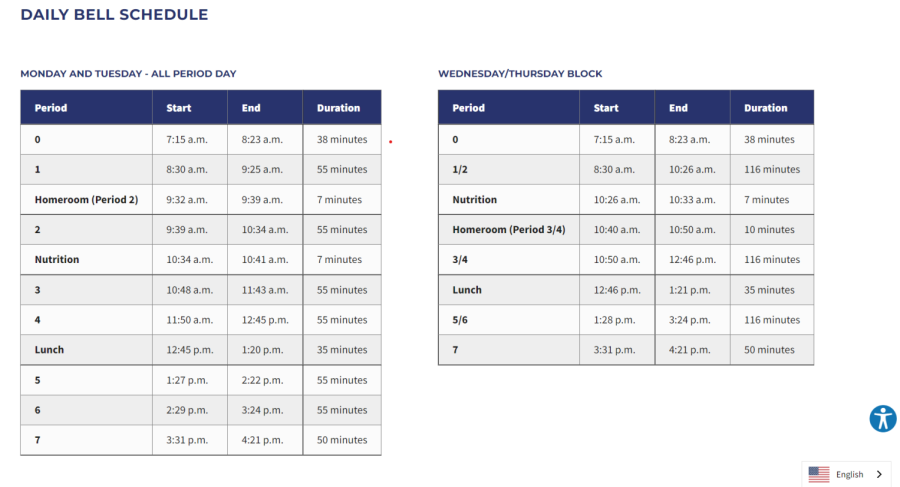

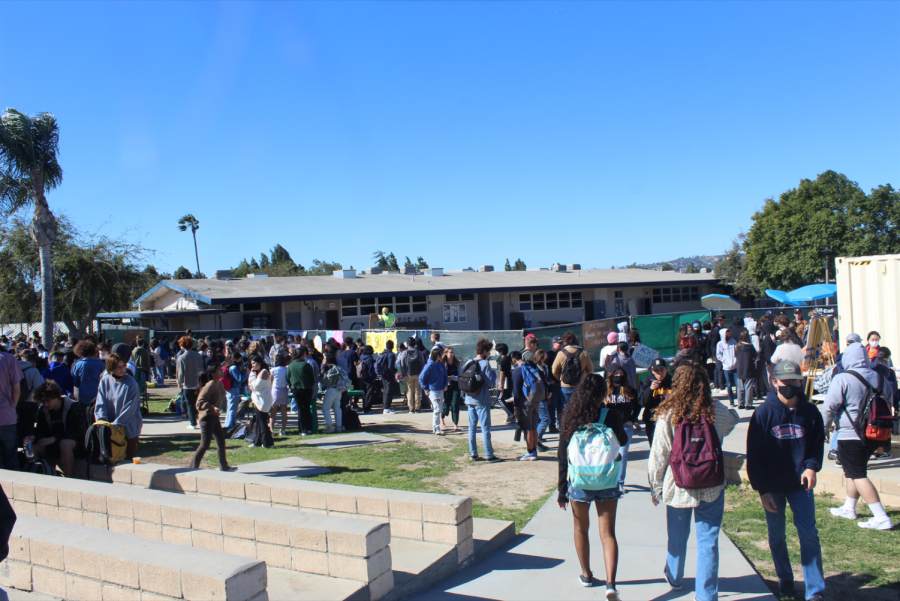







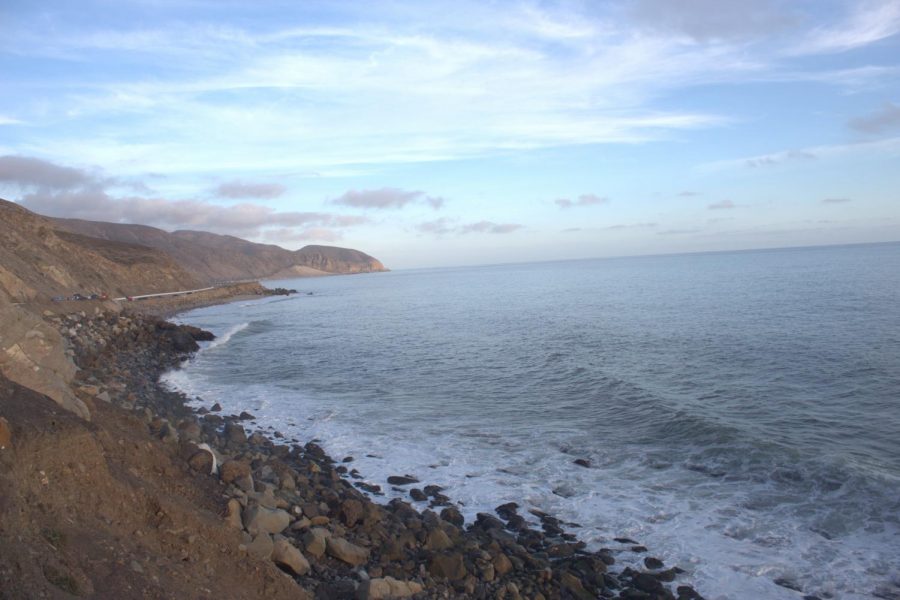







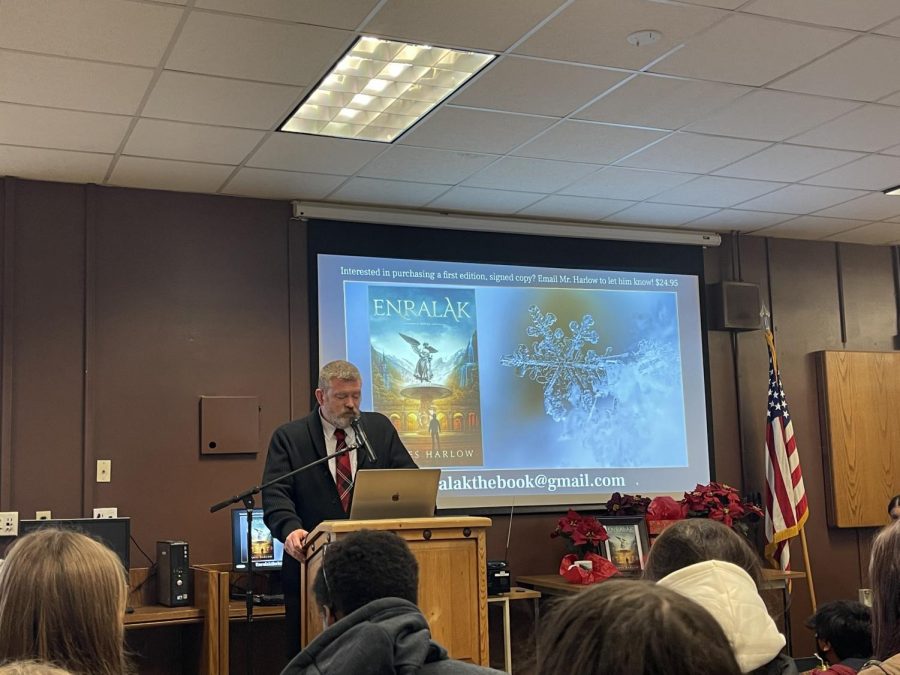
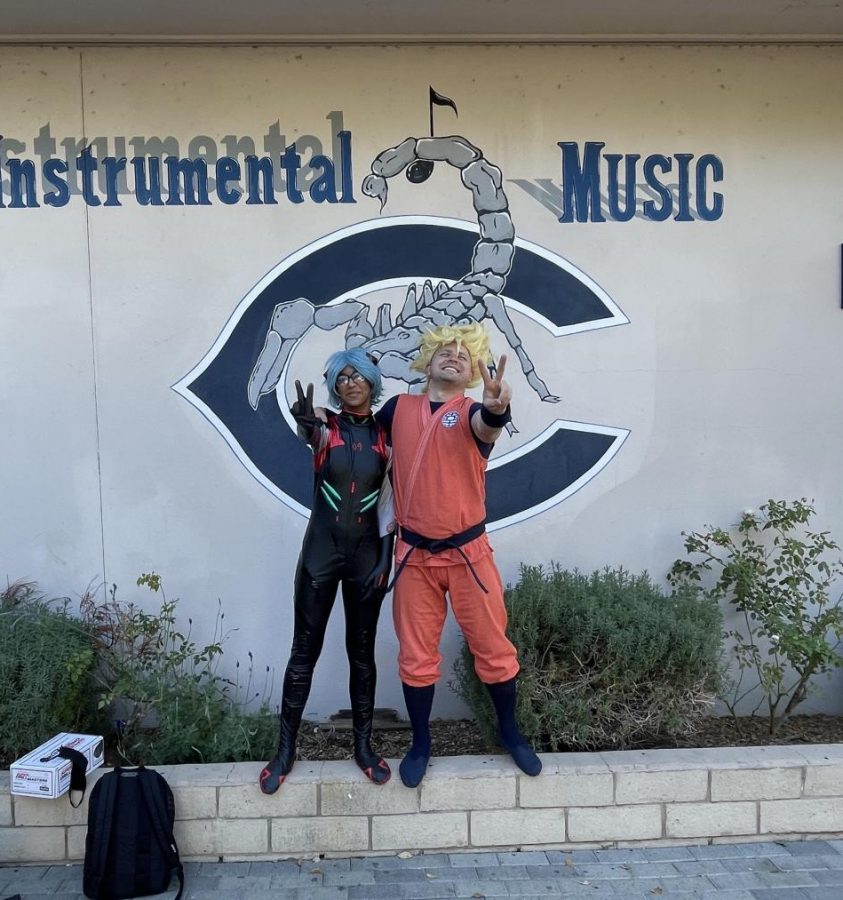

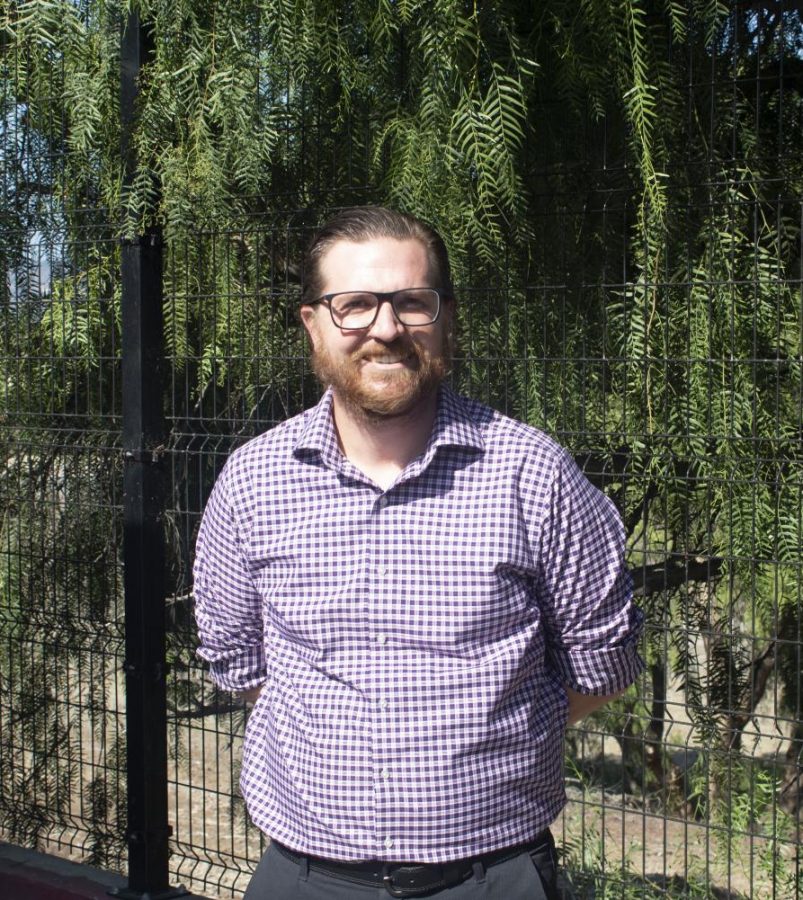

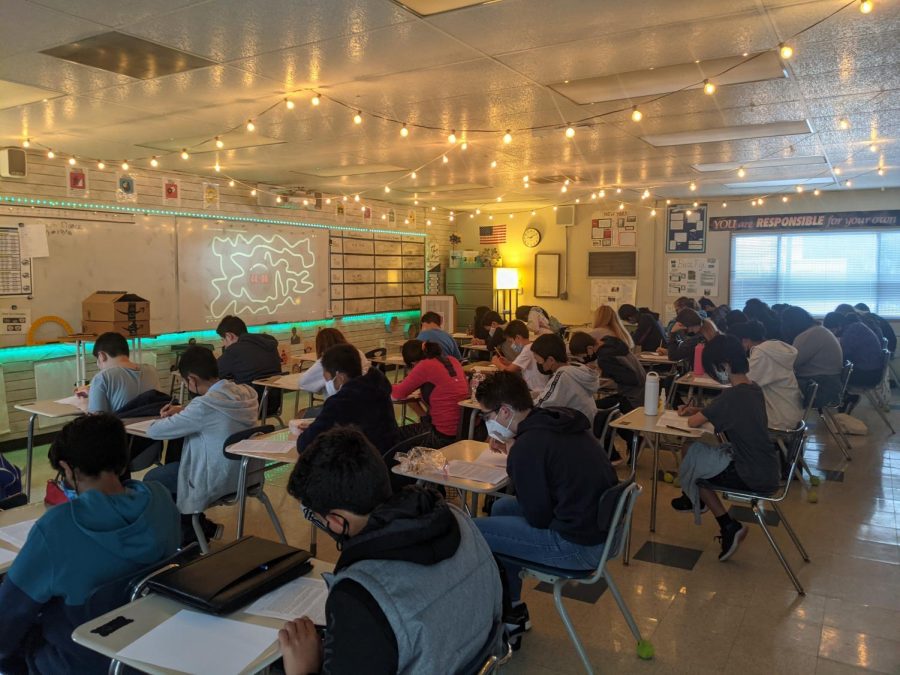













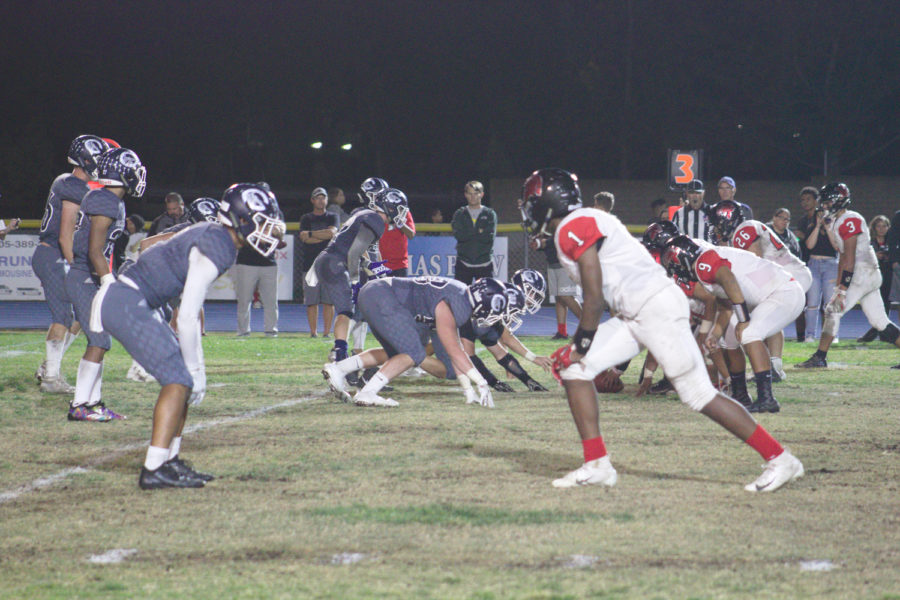








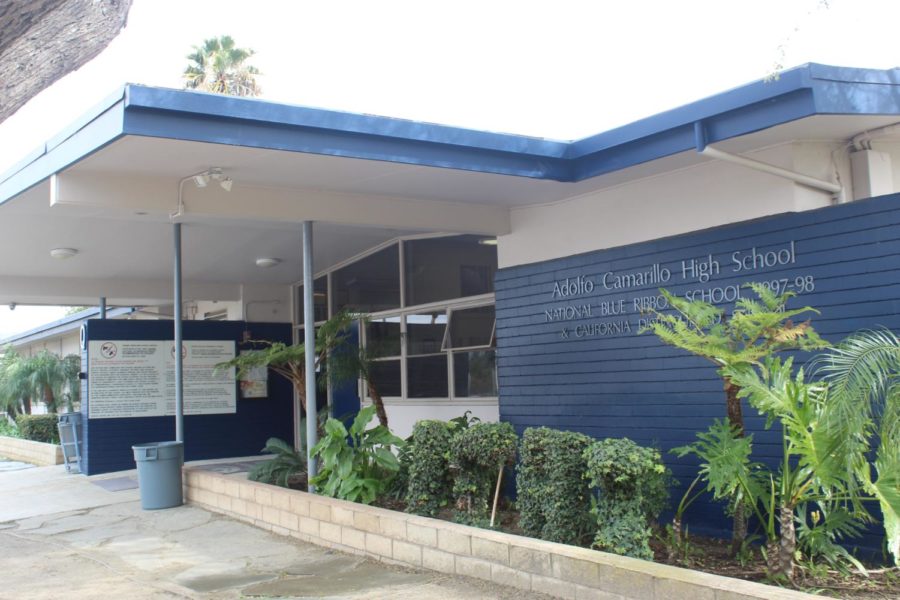


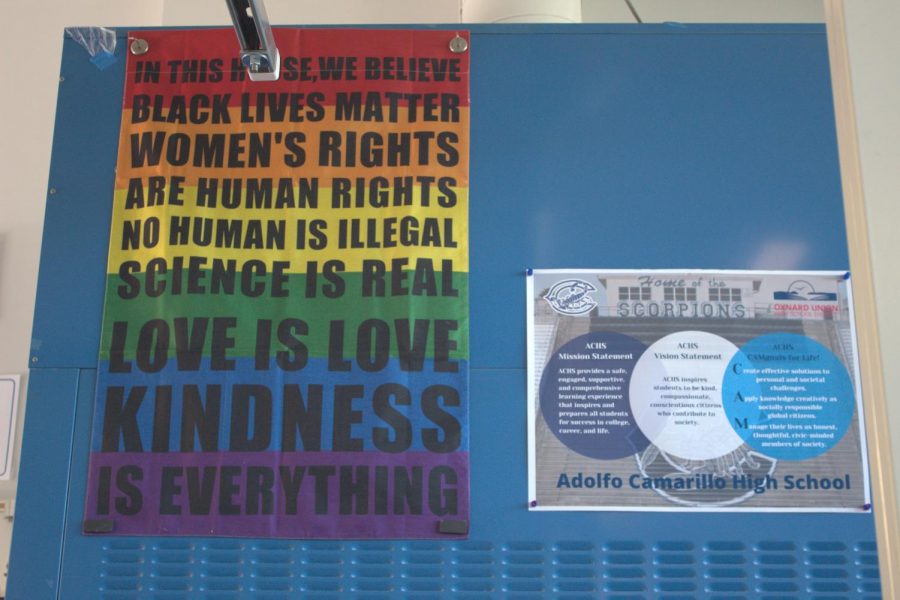


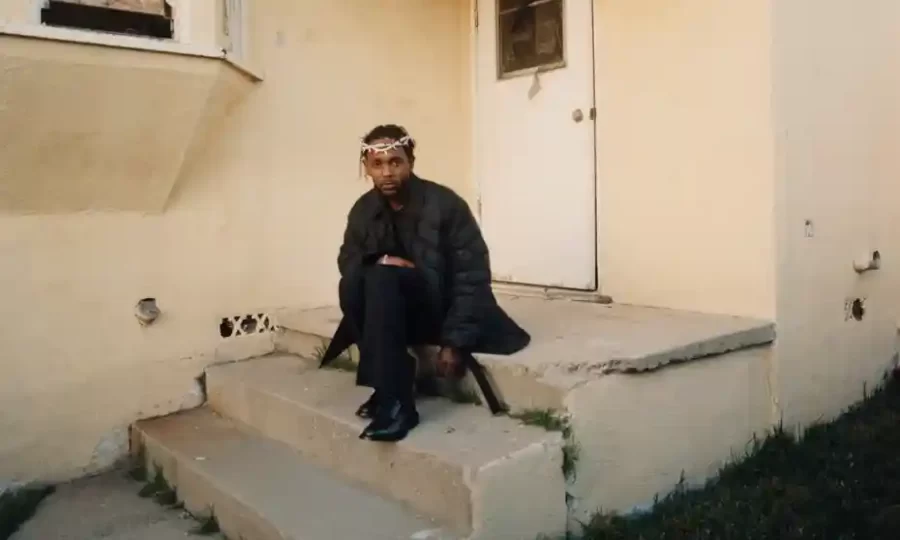








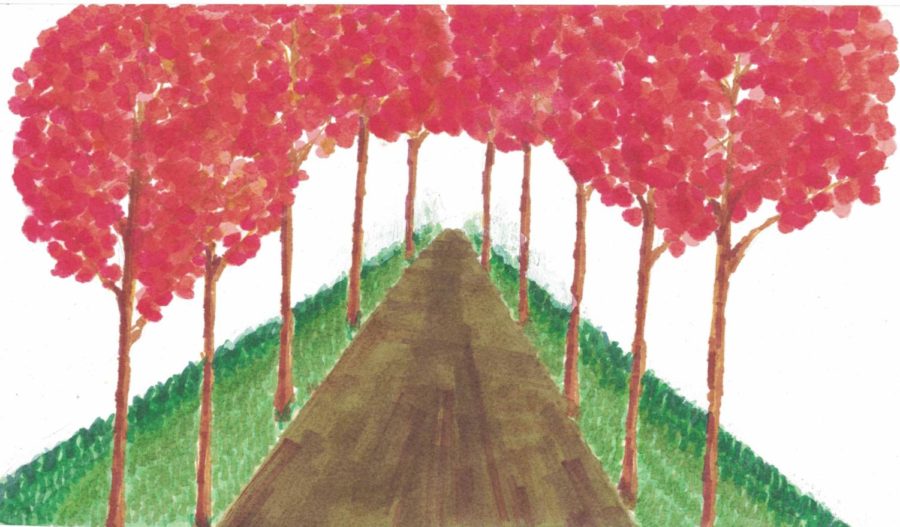
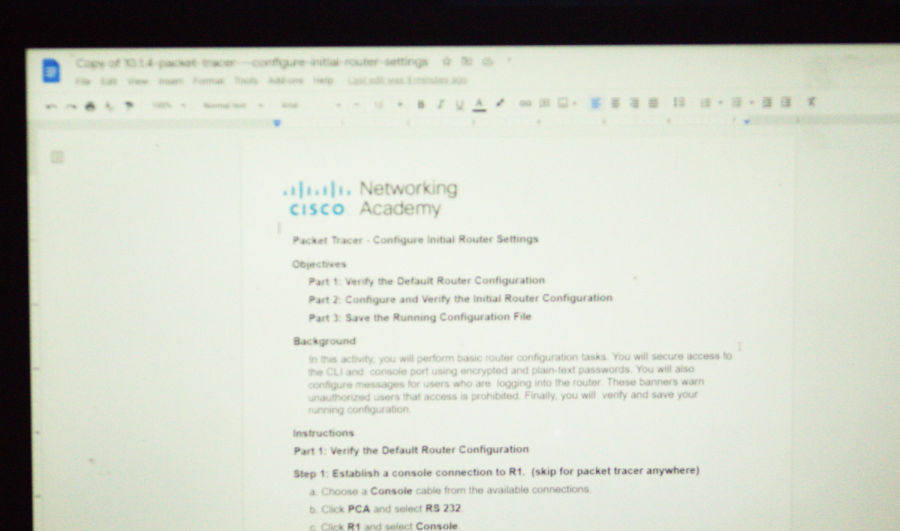


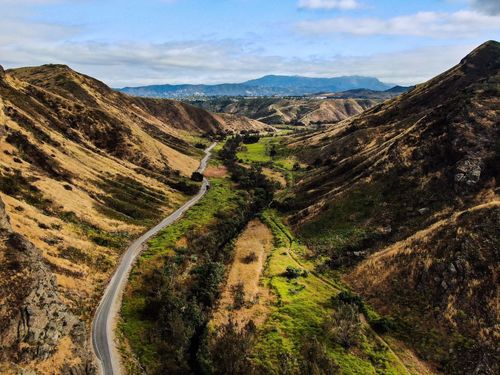
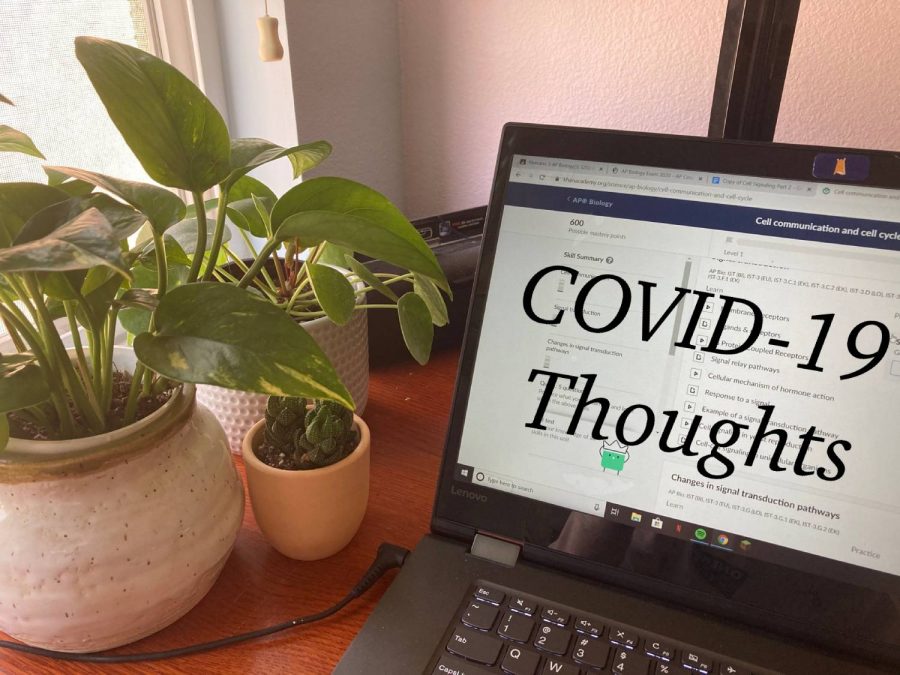





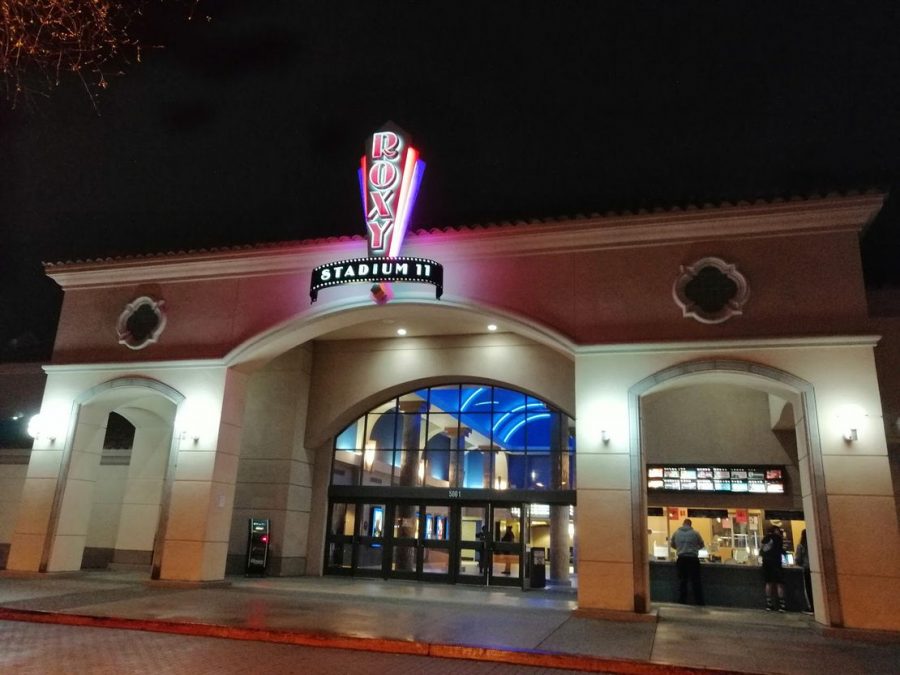
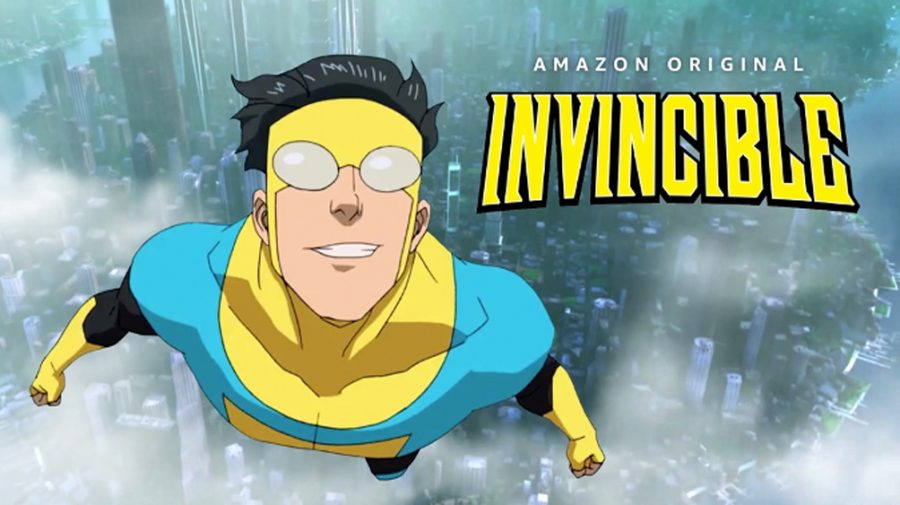
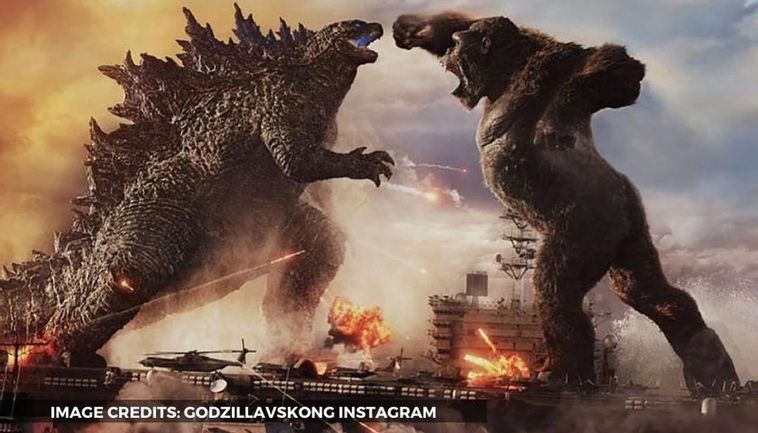





![Senior Ditch Day... Relaxation or Truancy? [Video]](https://achsstinger.com/wp-content/uploads/2017/10/IMG_7119-900x599.jpg)
![Heavy Rain Hits Cam High [video]](https://achsstinger.com/wp-content/uploads/2017/02/maxresdefault-900x506.jpg)
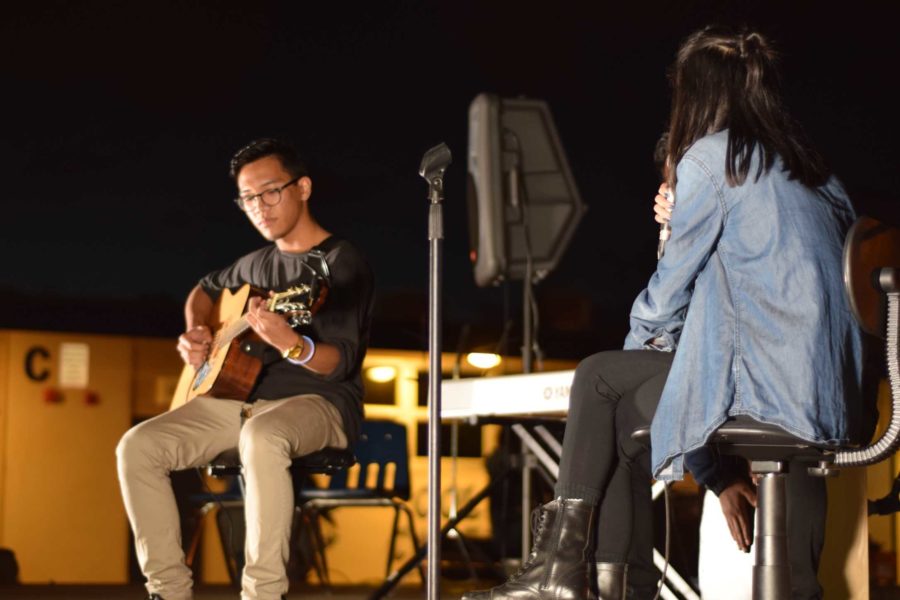


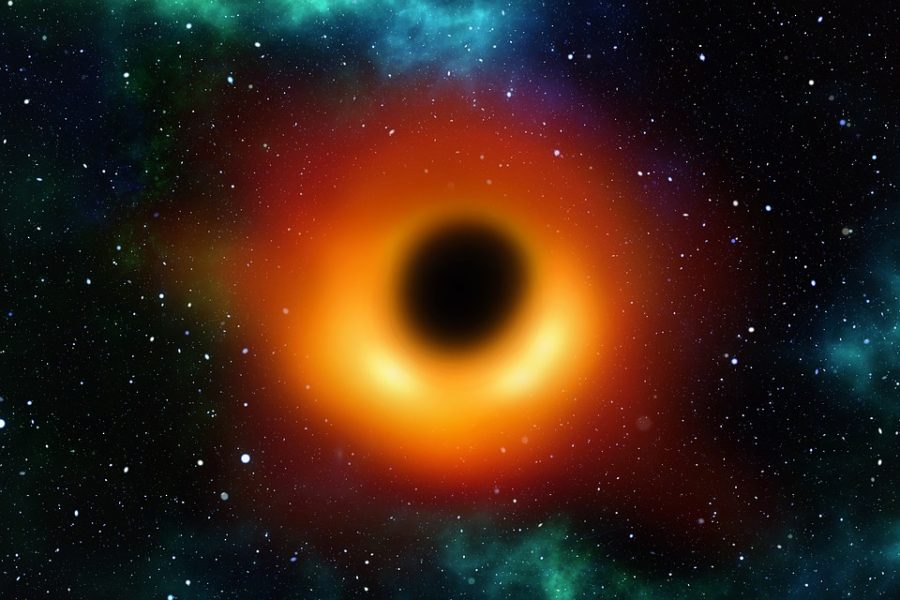
Don Meeker • May 18, 2019 at 9:40 pm
I am developing ‘Black Hole Manifesto’, not to be confused with any scientific publication. Black Hole is the ultimate physical existence to which all other existence is subservient. In this context there is not ‘a’ black hole nor ‘the’ black hole. It needs to be congruent with all spiritual systems, which implies an understanding of those systems. A parody or tongue in cheek? Not intentionally. I suppose ‘black hole manifesto’ could be social media registered, perhaps even a web domain. If someone runs with this before I do let it be known that I said it first.
Regards